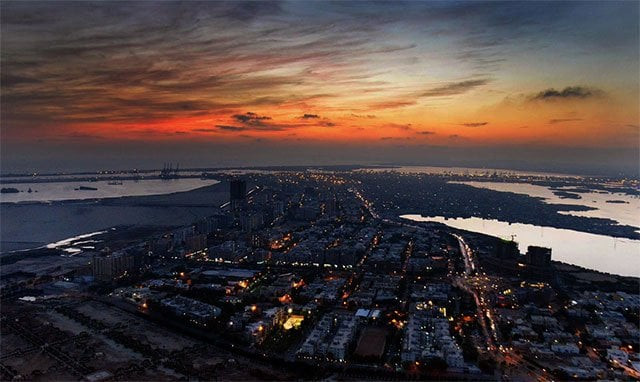A depressing tale
The performance of the economy in the outgoing year has remained far from adequate

The performance of the economy in the outgoing year has remained far from adequate. PHOTO: FILE

The literacy rate during the year, according to the economic survey, had increased by a pathetic two per cent, rising to a dismal 60 per cent of the population aged 10 and above but with the gender and regional gaps remaining as wide as usual. Under the Millennium Development Goals, Pakistan was required to increase its literacy rate to 88 per cent by 2015. There was deterioration in other social indicators with the proportion of population having access to water also dropping. Overall, the health sector remains the lowest priority of the federal government. Most health indicators in the economic survey showed a downward slide. Despite urgency to increase spending under this head, the health sector received only 0.45 per cent of GDP during the first nine months of FY2015-16, which is almost unchanged from the share of GDP represented by health spending during the previous fiscal year.
World Bank statistics show that Pakistan spends $37 (Rs3,873) per capita on health, which is lower than the World Health Organisation’s prescribed level of $44 per capita (Rs4,606) — the minimum spending package required for essential health services. The public healthcare system in Pakistan is inadequate consisting of 1,167 hospitals, 5,695 dispensaries, 5,464 basic health units, 675 rural health centres and 733 mother-and-child health centres. There are 184,711 doctors — one doctor per 1,038 persons — while the 118,869 available hospital beds translate into one bed for every 1,613 people. Pakistan’s economy is primarily agriculture based, but the Integrated Food Security Phase Classification analysis conducted from March to June 2015 shows that 29 out of 148 districts in Pakistan are highly food insecure and require immediate attention. Of these 29 districts, four have been identified as “severely food insecure”.
There is, therefore, a dire need to expand service delivery, address the shortfall in health-related human resources, and make better use of technology. The poverty ratio in the country dropped to 29.5 per cent in 2013-14. This translated into almost one-third of the country’s population living below the new poverty line. In absolute terms, 59 million people are now being recognised as poor against the earlier figure of 20 million. It goes without saying that the figures for the performance of the social sectors present a grim picture of the state of human wellbeing in Pakistan. Without improvement in these vital areas, all the government’s boasts about the country’s economic performance sound hollow.
Published in The Express Tribune, June 6th, 2016.
Like Opinion & Editorial on Facebook, follow @ETOpEd on Twitter to receive all updates on all our daily pieces.














COMMENTS
Comments are moderated and generally will be posted if they are on-topic and not abusive.
For more information, please see our Comments FAQ